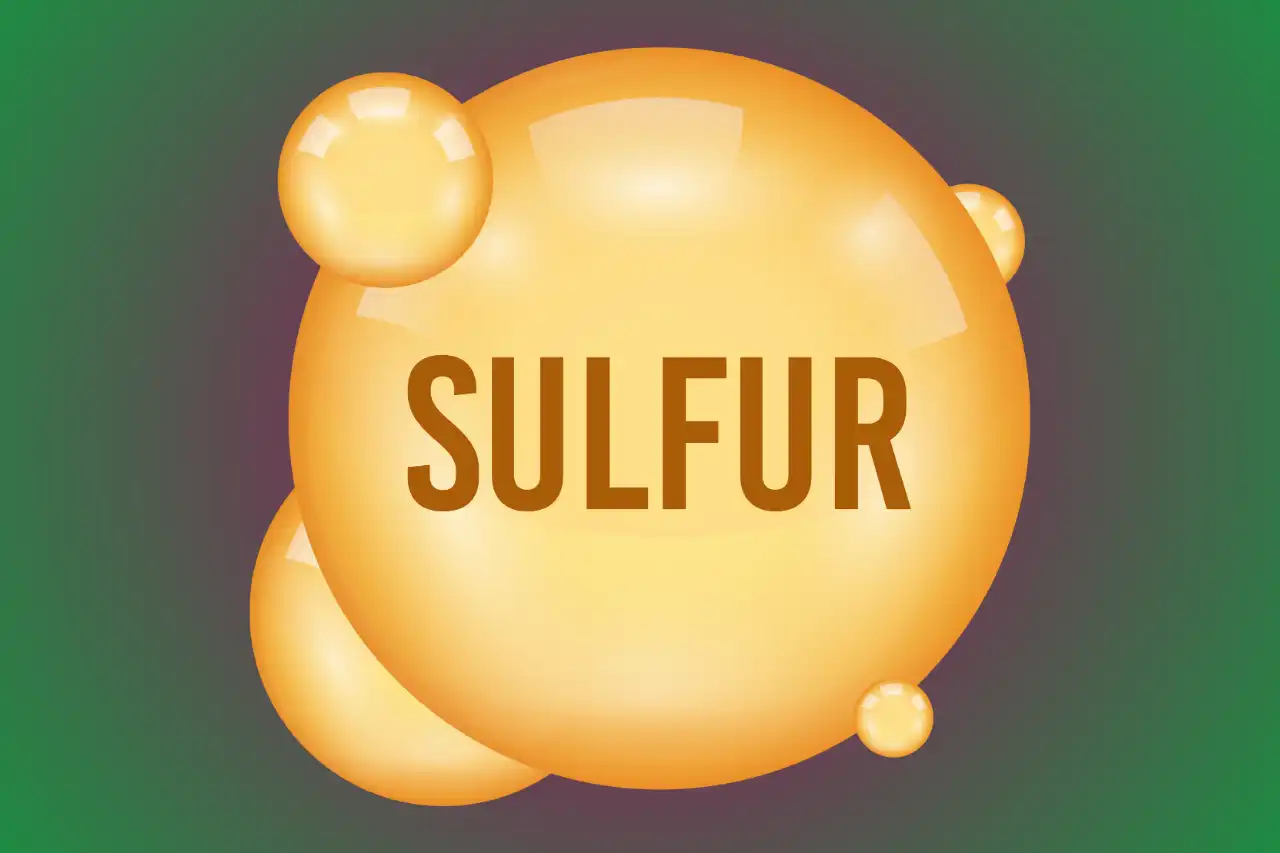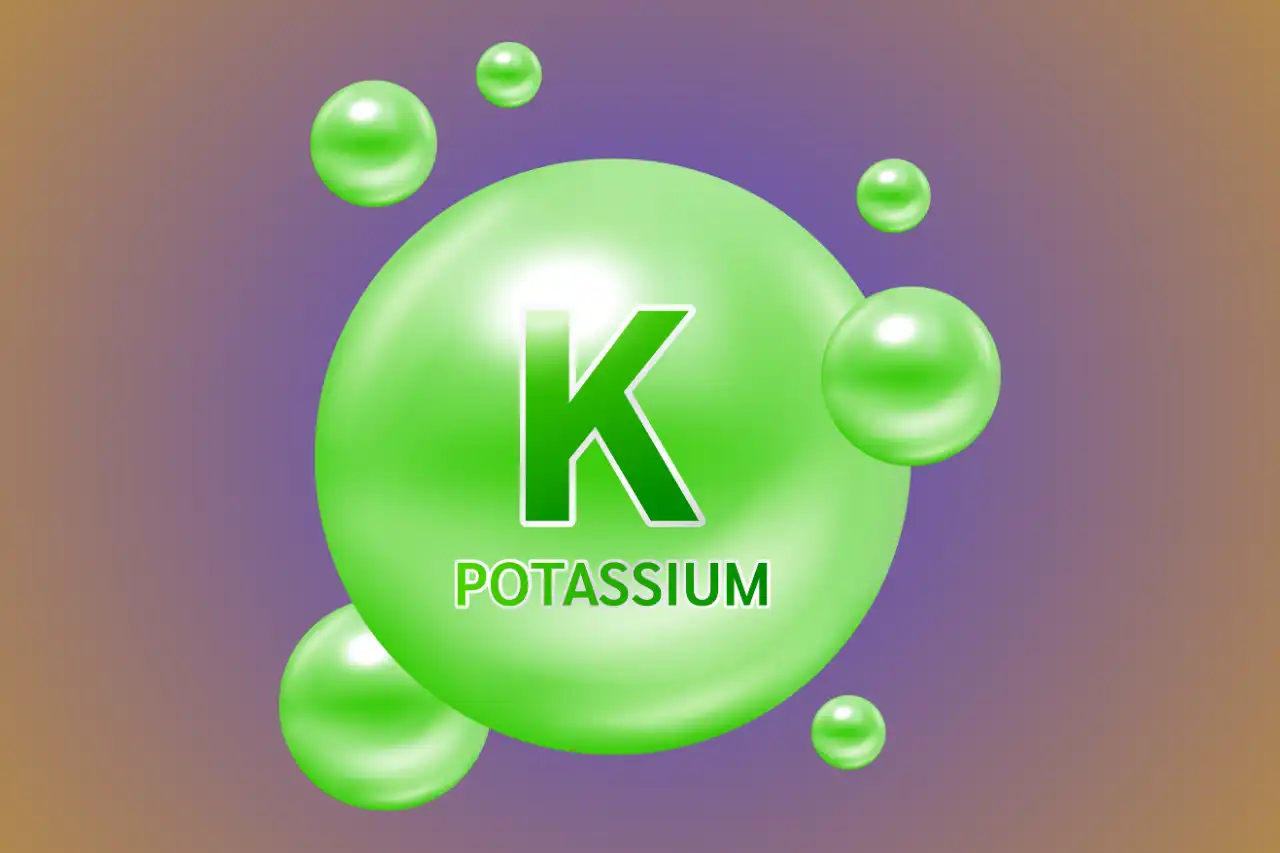-: IRON :-
IRON:- THE VITAL MINERAL FOR STRENGTH AND ENERGY..!!!
Iron is a vital mineral that is essential for carrying oxygen throughout the body. It is a key component of hemoglobin, the protein in red blood cells that carries oxygen to tissues and organs.
Iron in the diet is found in two distinct forms:- Heme iron, which comes from animal-based sources, and Non-heme iron, which is primarily found in plant-based foods. Additionally, Non-heme iron is found in animal products since animals consume plant foods containing this form of iron. It is also added to certain fortified foods to enhance iron intake.
In the body, iron is stored as ferritin in the liver, spleen, muscle tissue, and bone marrow. It is transported throughout the bloodstream by transferrin, a protein responsible for binding to iron and delivering it to cells. If anemia is suspected, a doctor may check the blood levels of ferritin and transferrin to assess iron status.
Daily Requirements
Men
- Teens (9-18 years) – (11-15 mg) per day.
- Men 19+ years – 8 mg per day.
Women
- Women 19+ years – 18 mg per day.
- Pregnant women – 27 mg per day.
- Breastfeeding women – 27 mg per day.
Children
- Infant (0-12 months) :- (0.27-11 mg) per day.
- Children (1-8 years) :- (7-10 mg) per day.
Function on different Organ
- Blood and Circulatory System
Details
It produces red blood cells and transports oxygen.As Iron is a key component of hemoglobin, ensuring oxygen reaches every part of the body. It also helps in myoglobin formation, which provides oxygen to muscles.
- Brain and Nervous System
Details
Iron aids in neurotransmitter production, improving memory, learning, cognitive function, focus, and mental clarity and mood regulation.
- Muscles and Physical Performance
Details
It enhances muscle strength and endurance.Myoglobin, an iron-rich protein, supplies oxygen to muscles, thus preventing us from fatigue.
- Immune System
Details
Iron helps to fight infections and supports overall immunity. It is essential for the production of white blood cells, which defend against bacteria and viruses.
- Skin, Hair, and Nails
Details
Iron also promotes our healthy skin, hair growth, and strong nails. It helps in collagen production and cell regeneration.
Symptoms incase of Deficiency
(Iron Deficiency Anemia)
- Mild Deficiency Symptoms:-
- Fatigue and weakness.
- Pale skin.
- Shortness of breath.
- Dizziness and headaches.
- Severe Deficiency Symptoms:-
- Irregular heartbeat (due to reduced oxygen supply).
- Restless legs syndrome.
- Hair thinning and brittle nails.
- Poor concentration and memory loss.
Women, children, and vegetarians are at a higher risk of iron deficiency.
Diagnosis
- Complete Blood Count (CBC)
Details
Complete Blood Count (CBC) measures hemoglobin and red blood cell levels.
- Serum Ferritin Test
Details
Serum Ferritin Test checks iron storage levels in the body.
- Serum Iron Test
Details
Serum Iron Test measures circulating iron levels in the blood.
- Total Iron Binding Capacity (TIBC) Test
Details
Total Iron Binding Capacity (TIBC) Test assesses the body’s ability to transport iron in your body.
Food Sources
Veg Sources (Non-Heme Iron)
- Leafy Greens
- Spinach.
- Kale.
- Swiss chard.
- Legumes
- Lentils.
- Chickpeas.
- Beans.
- Whole Grains
- Quinoa.
- Oats.
- Brown rice.
- Vegetables
- Broccoli.
- Sweet Peas.
- Brussel.
- Sprouts.
- Beets.
- Cabbage.
- Potatoes.
- Tomatoes.
- Fruits
- Pomegranates.
- Raisins.
- Prunes.
- Dried apricots.
- Nuts & seeds
- Pumpkin seeds.
- Cashews.
- Sesame seeds.
- Nuts & seeds
- Breakfast cereals.
- Tofu.
Tip:- Pair plant-based iron sources with vitamin C (citrus fruits, tomatoes, bell peppers) to enhance absorption.
Non-Veg Sources (Heme Iron)- Better Absorbed
- Red Meat
- Beef.
- Lamb.
- Pork.
- Lean meats
- Chicken.
- Turkey.
- Seafood
- Salmon.
- Tuna.
- Shellfish
- Clams.
- Oysters.
- Eggs
- Especially yolks.
Heme iron (from animal sources) is more easily absorbed by the body compared to non-heme iron from plant sources.
What if Overconsumption
Excess iron can be toxic and lead to serious health issues, including:-
- Liver Damage: Iron accumulates in the liver, causing cirrhosis or liver failure.
- Heart Problems: Increased risk of heart disease and irregular heartbeat.
- Diabetes Risk: High iron levels can damage the pancreas, leading to diabetes.
- Digestive Issues: Nausea, vomiting, constipation, and stomach pain.
For adults, the maximum recommended daily iron intake is 45 mg. Overconsumption usually occurs from supplements rather than food sources.
Iron is the lifeline of energy, endurance, and vitality in the human body. It fuels oxygen transport, brain function, and muscle strength while supporting the immune system. However, both deficiency and excess iron can cause serious health issues.
A balanced diet rich in iron-rich foods, combined with vitamin C for better absorption, is the best way to maintain optimal iron levels. If symptoms of deficiency persist, consult a doctor for proper testing and supplementation.












